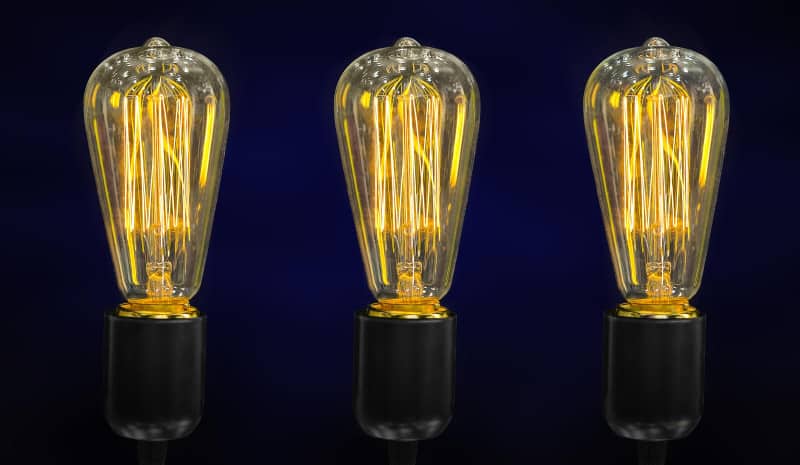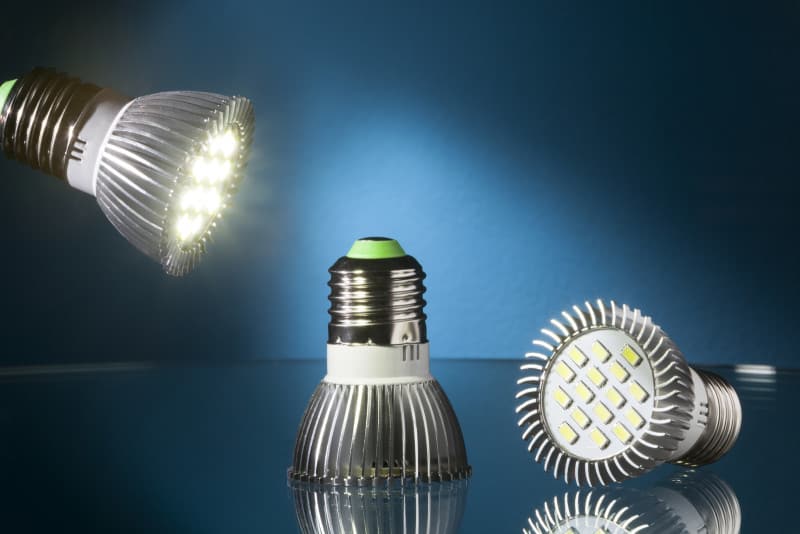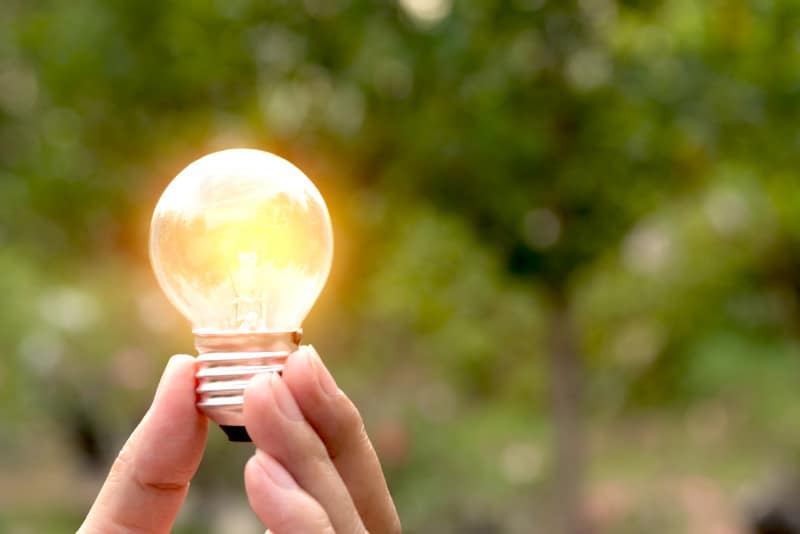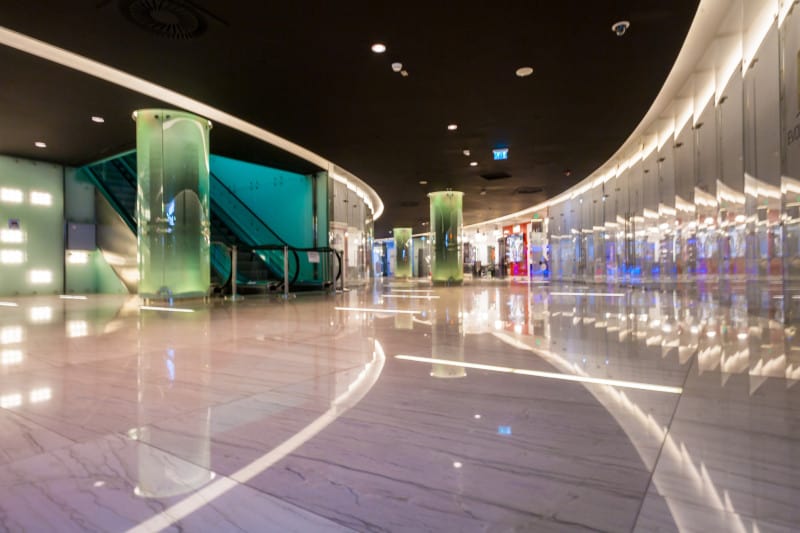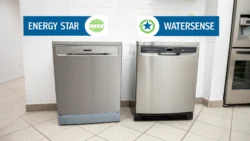If you’re like most people, you probably don’t give much thought to the light bulbs in your home.
They’re just there, doing their job, and you don’t really think about them until they burn out and you have to replace them.
But have you ever stopped to wonder how those bulbs actually work?
Energy-saving bulbs use less energy by emitting ultraviolet light through a gas-filled tube, which is converted into visible light by a phosphorescent coating inside the bulb.
In this article, we’re going to dive deep into the world of energy saving light bulbs and explore the science behind their efficiency.
We’ll cover everything from the basics of how they work to the different types of bulbs available on the market.
By the end of this article, you’ll be a bona fide expert on all things energy saving bulbs.
So sit back, relax, and let’s shed some light on this illuminating topic!
The Basics Of Energy Saving Light Bulbs
Have you ever wondered how energy saving light bulbs work their magic?
These bulbs are designed to use less energy than traditional incandescent bulbs, which means they can save you some serious cash on your electricity bill.
But how do they actually do it?
Let’s break it down.
First off, it’s important to understand that energy saving light bulbs use a different technology than incandescent bulbs.
While traditional bulbs use a filament that heats up to produce light, energy saving bulbs use something called a gas discharge to create light.
This process is way more efficient, which means it uses less energy to produce the same amount of light.
Energy saving bulbs are designed to emit light in a more targeted direction, which means less light is wasted.
Traditional bulbs emit light in all directions, which can be great if you’re trying to light up an entire room, but not so great if you just need a small amount of light in a specific area.
Another important thing to note is that energy saving bulbs come in a variety of shapes and sizes, which means you can find one to fit just about any fixture.
From classic bulb shapes to funky spirals and corkscrews, there’s an energy saving bulb out there for everyone.
So, in a nutshell, energy saving light bulbs work by using a more efficient technology to produce light, and by emitting light in a more targeted direction.
By making these simple changes, they’re able to use way less energy than traditional bulbs, which can save you money and help the environment.
How Energy Saving Bulbs Compare To Traditional Bulbs
Energy saving light bulbs have become increasingly popular in recent years, and for good reason.
They are much more energy efficient than traditional bulbs, using up to 80% less energy to produce the same amount of light.
This means that you can save money on your electricity bill by switching to them. Plus, they last much longer than traditional bulbs–up to 25 times longer! So you don’t have to worry about replacing them as often.
But how do they compare to traditional bulbs in terms of brightness?
Well, energy saving bulbs use a different kind of technology which allows them to produce the same amount of light as traditional bulbs while using less energy.
So you don’t have to worry about sacrificing brightness when you switch over.
In fact, many people find that they actually prefer the quality of light produced by energy saving bulbs.
So if you’re looking for an easy way to save money and help the environment, switching to energy efficient lighting is definitely a great option.
The Science Behind Energy Saving Bulbs
Have you ever wondered how energy-saving light bulbs work?
Well, it’s all about the science!
LED lights are the most efficient type of energy-saving bulb.
They use a semiconductor to convert electrical energy into light, and they don’t contain any filaments or glass that can break or burn out.
This makes them incredibly durable and long-lasting.
Traditional incandescent bulbs use an electric current to heat a thin filament until it glows and produces light.
On the other hand, compact fluorescent lamps (CFLs) use an electric arc to excite mercury vapor, which then emits ultraviolet (UV) radiation.
The UV radiation is converted into visible light when it passes through a phosphor coating on the inside of the bulb.
The main advantage of energy-saving bulbs is that they are extremely efficient compared to traditional incandescent bulbs.
LEDs typically last up to 25 times longer than traditional incandescent bulbs and CFLs up to 10 times longer.
The Different Types of Energy Saving Bulbs
There are a few different types of energy saving bulbs, and each one works in a slightly different way.
The most common is the compact fluorescent bulb, which uses a mercury vapor to produce light with much less energy than an incandescent or halogen bulb.
This type of bulb also lasts much longer than traditional bulbs, so you don’t have to worry about replacing them very often.
LED bulbs are another type of energy-saving bulb that uses even less energy than CFLs, and they produce a bright light without using any mercury vapor.
They last much longer than any other type of bulb and can be used in almost any type of lighting fixture.
Finally, there are halogen bulbs that use less electricity than traditional incandescent bulbs, but they still produce quite a bit of heat.
They’re great for areas where you need lots of light but don’t want to waste too much energy.
How To Choose The Right Energy Saving Bulb For Your Needs
Choosing the right energy saving light bulb can be tricky.
Let’s go over some of the main things you’ll want to consider when picking the right energy saving bulbs for your needs.
First things first, let’s talk about lumens.
Lumens are a measure of how much light a bulb puts out.
So when you’re shopping for bulbs, you’ll want to look for the lumens rather than the wattage.
The higher the lumens, the brighter the light.
When it comes to energy saving bulbs, remember that there are three main types: LED, CFL, and halogen.
LED bulbs are the most energy-efficient and can last up to 25 times longer than traditional incandescent bulbs.
CFL bulbs are also energy efficient but can take a few moments to warm up to full brightness.
Halogen bulbs are the least energy-efficient but are still more efficient than incandescent bulbs.
Different types of energy saving bulbs come in various sizes.
Some common shapes include A-shaped bulbs, globe bulbs, and candle bulbs.
One of the most common shapes is the A-shaped bulb, which is designed to fit in standard light fixtures or lamps.
These bulbs have a pear-like shape and are often used for general household lighting.
Another popular shape is the globe bulb, which has a round shape and is often used for decorative or accent lighting.
These bulbs can come in a variety of sizes and are perfect for adding a touch of ambiance to a room.
If you’re looking for a bulb with a more decorative look, you might consider a candle bulb.
These have a slender, tapered shape and are often used in chandeliers or wall sconces.
They provide a soft, warm glow that can add a touch of elegance to any space.
Now that you know about the different sizes, the next thing to consider is the color temperature.
Color temperature is measured in Kelvins (K) and refers to the color of the light emitted by the bulb.
A lower Kelvin temperature will give you a warmer, more yellowish light, while a higher Kelvin temperature will give you a cooler, more bluish light.
Most people prefer a warm, cozy atmosphere in their home, which is why bulbs with a lower Kelvin temperature (around 2700K) are often used in living rooms, bedrooms.
These bulbs emit a warm, yellowish light that is reminiscent of traditional incandescent bulbs and can create a comfortable and inviting environment.
On the other hand, bulbs with a higher Kelvin temperature (around 5000K) emit a cooler, bluish light that is often used in workspaces, garages, or other areas where bright, white light is needed.
These bulbs can help improve concentration and visibility, making them a popular choice for task lighting.
You should also keep in mind that the color temperature can also affect the appearance of colors in a room.
For example, a warmer light may make reds and oranges appear more vibrant, while a cooler light may make blues and greens look more vivid.
As such, you’ll want to choose a color temperature that fits your personal preferences and the atmosphere you’re trying to create in your space.
So there you have it, a quick guide to choosing the right energy-saving light bulb for your needs.
Remember to look for high lumens, choose the right type of bulb, make sure it fits your fixture, and choose a color temperature that fits your style.
The Benefits of Using Energy Saving Bulbs
Now that you know how to choose the right energy saving bulb for your needs, let’s talk about the benefits of using them.
Energy saving light bulbs are a great way to save money on electricity and help reduce your carbon footprint.
They work by using less electricity than traditional incandescent bulbs, which in turn produce less heat.
This means that you won’t have to use as much electricity to light up a room, making it more efficient and cost-effective.
Energy-saving bulbs also contain a tiny amount of mercury vapor, which helps to make them more efficient in producing visible light.
This mercury vapor helps convert the electricity into light with very little waste heat, making them much more efficient than traditional incandescent bulbs.
And since they don’t produce as much heat, they can be used in areas where traditional incandescent bulbs would be too hot or uncomfortable.
With these energy-saving bulbs, you’ll enjoy brighter lighting while spending less on electricity and helping the environment at the same time!
Common Myths And Misconceptions About Energy Saving Bulbs
When it comes to energy saving light bulbs, there are a few common myths and misconceptions floating around.
One of the most popular is that they emit dangerous levels of ultraviolet light; this simply isn’t true.
Energy saving bulbs contain no more UV than standard incandescent bulbs, so your skin and eyes are perfectly safe.
The other big misconception is that energy saving bulbs contain an unhealthy amount of mercury; while they do contain some, it’s far lower than what you find in traditional fluorescent bulbs.
Plus, the mercury is sealed inside a protective coating on the inside, so you don’t have to worry about any health risks when using them.
Conclusion
It’s easy to see why energy saving light bulbs are becoming increasingly popular.
Not only are they a great way to save money and reduce your carbon footprint, but they also provide better lighting quality than traditional bulbs.
With so many types of energy saving bulbs available, it can be hard to decide which one is right for you.
But if you take some time to consider the advantages and disadvantages of each type and determine which features are most important for your needs, you can find the perfect bulb that will help make your home more efficient while still providing plenty of light.
So don’t be afraid to give energy saving light bulbs a try–you won’t regret it!
Plus, with all the myths and misconceptions out there about energy saving bulbs, it’s important to do some research and make sure you’re getting accurate information.
And when it comes to using them in your home, there are lots of ways you can maximize their energy efficiency by taking simple steps like installing dimmer switches or using timers.
So why not give energy saving light bulbs a try?
You could end up saving money on electricity bills while helping the environment too–what’s not to love?

